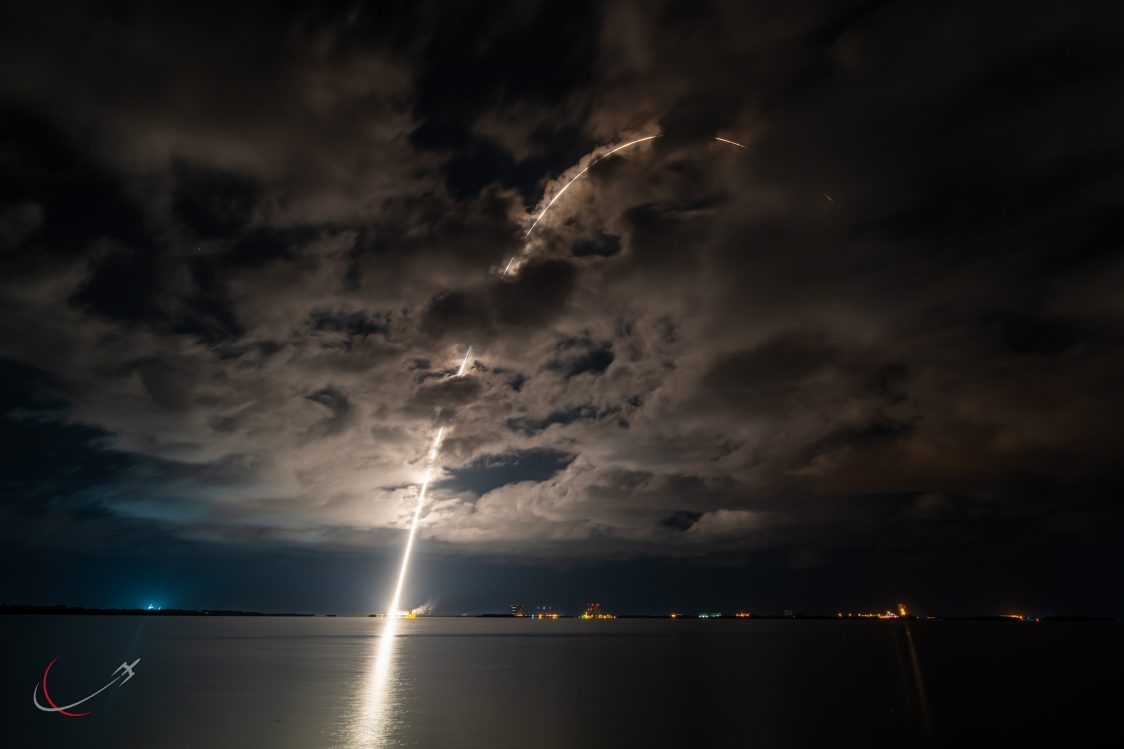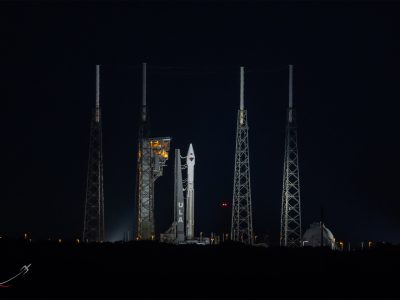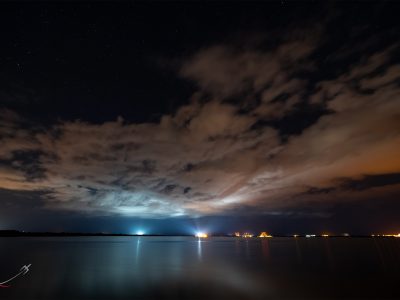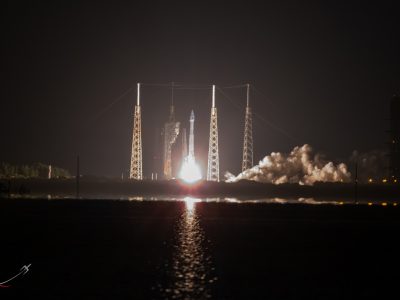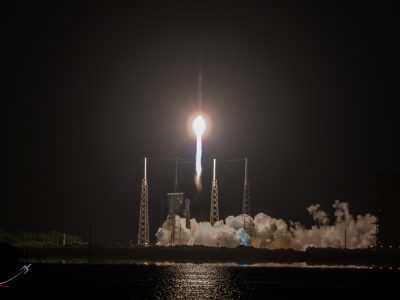Futuramic was on site to capture the launch of NASA‘s Lucy Mission, the agency’s first to Jupiter’s Trojan asteroids. Lucy was launched at 5:34 a.m. EDT Saturday on a United Launch Alliance (ULA) Atlas V rocket from Space Launch Complex 41 at Cape Canaveral Space Force Station in Florida.
NASA’s Lucy mission, the agency’s first to Jupiter’s Trojan asteroids, launched at 5:34 a.m. EDT Saturday on a United Launch Alliance (ULA) Atlas V rocket from Space Launch Complex 41 at Cape Canaveral Space Force Station in Florida.
Over the next 12 years, Lucy will fly by one main-belt asteroid and seven Trojan asteroids, making it the agency’s first single spacecraft mission in history to explore so many different asteroids. Lucy will investigate these “fossils” of planetary formation up close during its journey.
“Lucy embodies NASA’s enduring quest to push out into the cosmos for the sake of exploration and science, to better understand the universe and our place within it,” said NASA Administrator Bill Nelson. “I can’t wait to see what mysteries the mission uncovers!”
About an hour after launch, Lucy separated from the second stage of the ULA Atlas V 401 rocket. Its two massive solar arrays, each nearly 24 feet (7.3 meters) wide, successfully unfurled about 30 minutes later and began charging the spacecraft’s batteries to power its subsystems.
“Today’s launch marks a genuine full-circle moment for me as Lucy was the first mission I approved in 2017, just a few months after joining NASA,” said Thomas Zurbuchen, associate administrator for the Science Mission Directorate at the agency’s Headquarters in Washington. “A true mission of discovery, Lucy is rich with opportunity to learn more about these mysterious Trojan asteroids and better understand the formation and evolution of the early solar system.” – via nasa.gov
Futramic’s Chris Clark was ready, with camera in hand, to capture the launch in all its glory.
Congratulations to NASA and ULA on the successful launch of the #LucyMission. Safe travels on the 12-year journey to visit Jupiter and it’s Trojan asteroids!
NASA
Website: www.nasa.gov
Facebook: facebook.com/NASA
Twitter: @NASA
Instagram: instagram.com/nasa
United Launch Alliance (ULA)
Website: www.ulalaunch.com
Facebook: facebook.com/ulalaunch
Twitter: @ULALaunch
Instagram: instagram.com/ulalaunch/

